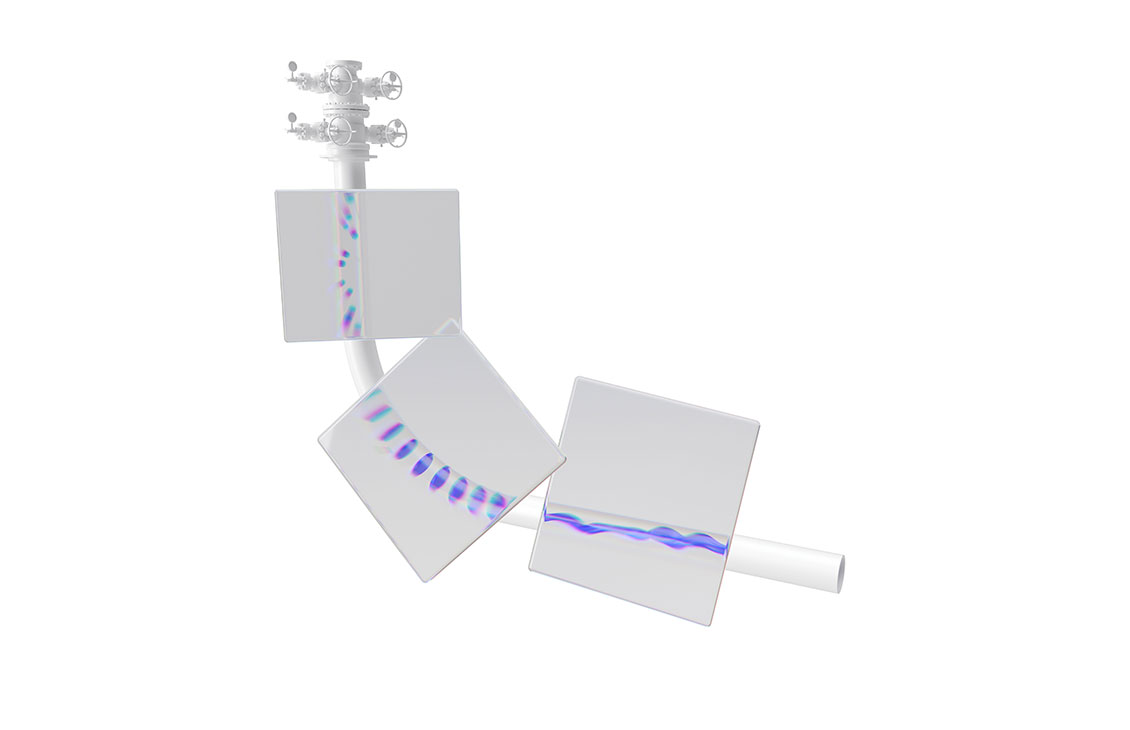Drill through a narrow 0.5-lbm/galUS window limited by wellbore
instability and the risk of differential sticking
Repsol experienced a number of challenges while drilling the production
section of its highly deviated Sagari wells in Peru. The succession of
high-permeability, low-pressure sand reservoirs presented a high risk for
losses and differential sticking. The operation also required drilling through
the highly mechanically unstable interbedded Shinai Formation. In addition,
naturally fractured dolomite leads to low ROP and risk of severe losses. In one
well, with a narrow 0.5 lbm/galUS operating window, Repsol sought an automated
MPD solution that would enable nearly constant bottomhole pressure, mitigating
the risk of wellbore instability and high ECDs that can induce losses and
differential sticking.
Minimize pressure variations and sustain ECD
M-I SWACO recommended a mud weight of 9.2 lbm/galUS along with the
@balance Control MPD system. The system’s small footprint enabled
streamlined transportation via helicopter to the remote jungle rig site and
rigged up in less than 15 hours. The package included a HOLD remotely operated
annular control device with a dual-sealing element assembly, 41/16 in automated
choke manifold with two VERSA-CHOKE modular drilling choke technologies,
backpressure pump, flowmeter to serve as an early kick detection system,
piping, and human machine interface.
The RCD together with the sealing elements sealed the annular space and
deviated the drilling fluids coming out of the annulus toward the MPD choke,
permitting the application of surface backpressure as necessary. Real-time
hydraulics software adjusted surface backpressure automatically to changing
drilling parameters. The backpressure pump enabled better control of the
applied surface backpressure during connections and while tripping without
circulation. It maintained the flow of drilling fluid through the chokes when
the rig pumps were off, keeping the well full of drilling fluid at all times.
The flowmeter that was placed downstream of the MPD choke provided early
indication of fluid losses or influx by precisely monitoring small
discrepancies between flow in and flow out.
Repsol used @balance services to drill three production sections in two
wells in the same location. Additionally, managed pressure cementing (MPC) was
used in the intermediate casing and production liner in the last well.
Mitigated risk of wellbore instability, fluid losses, and differential
sticking
The MPD strategy was based on a geomechanical model and on past
experience from offset wells. In the planning phase, comprehensive hydraulic
simulations were performed with VIRTUAL HYDRAULICS drilling fluid simulation
software and Drillbench dynamic drilling simulation software to predict the
pressure profile along the wellbore in different operational phases, such as
drilling, tripping in and out, and performing mud rollovers. The impact of
parameter variations—including mud density, rheology, ROP, pipe rpm,
bottomhole temperature, and bottomhole assembly design on the pressure
profile—was studied to design the MPD strategy and make recommendations,
mitigating riskthroughout the job. The MPD strategy evolved from well to well
based on lessons to optimize the MPD strategy for drilling the challenging
production section in Sagari field.







